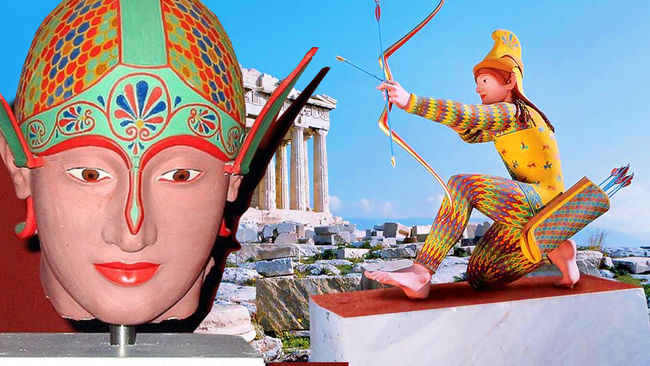
Thanks to the analysis with ultraviolet light, we have achieved to know that statues were painted and gold, pink, red and blue were the predominant colours.
19 september 2016
Since we were young, we have seen the most classical statues from Ancient Greece totally white-coloured; we recreate scenes and cities full of colourless monuments. Nevertheless, now we know it hasn’t always been this way. What we have seen and have been presented to us was a series of white sculptures heavily worn over thousands of years, but the originals were far less pale. In the last years, the analysis of the sculptures with razing light has allowed us to discover that they were actually painted with strident and brilliant colours.
Thanks to this new technique, it has been shown what parts of each statue were painted and which the prominent colours were. In the most cases, the dominant colours were purple, gold, pink, red and blue. The archaeologist Vinzenz Brinkmann has carried out a work, through which has produced recreations that show us how the colourful statues of Ancient Greece were. The same study shows that after so many years accustomed to see them white-coloured, when we see them in such a colourful way, we can’t see the all time classics: they do not arouse the same seriousness or majesty in us. We can not relate such bright colours with the Ancient Greece’s art canon.










